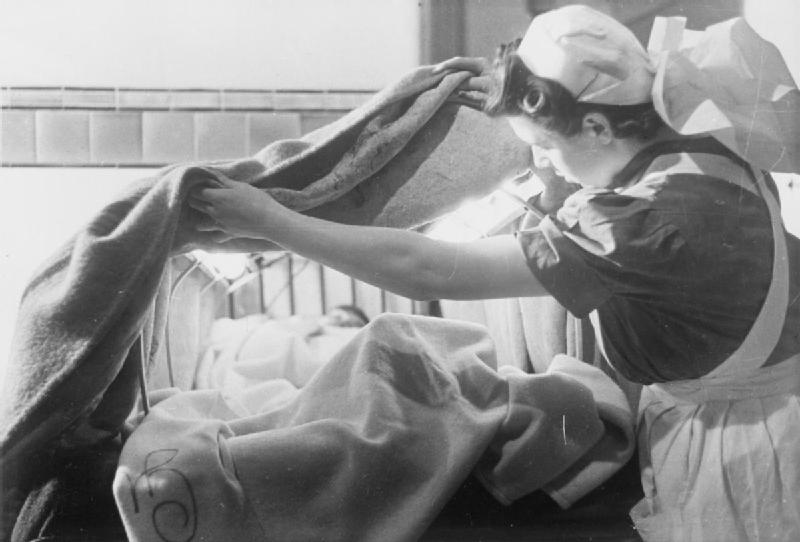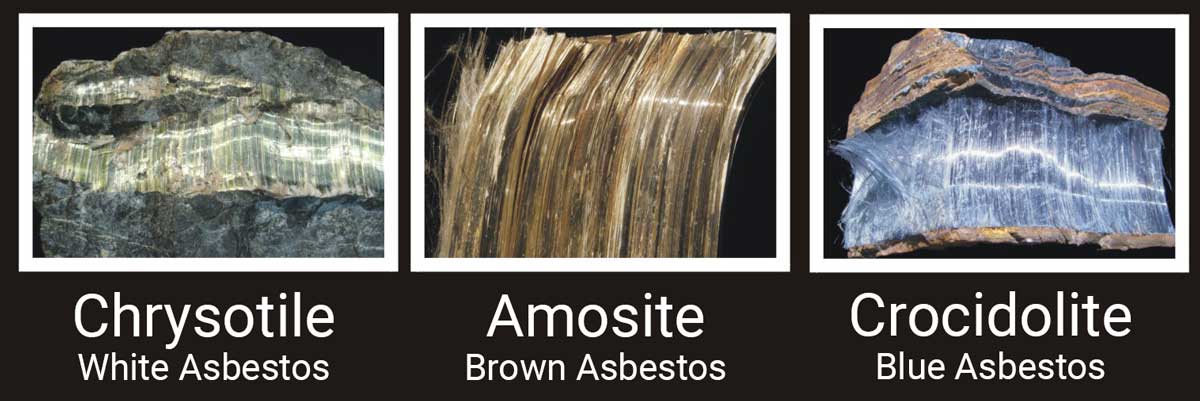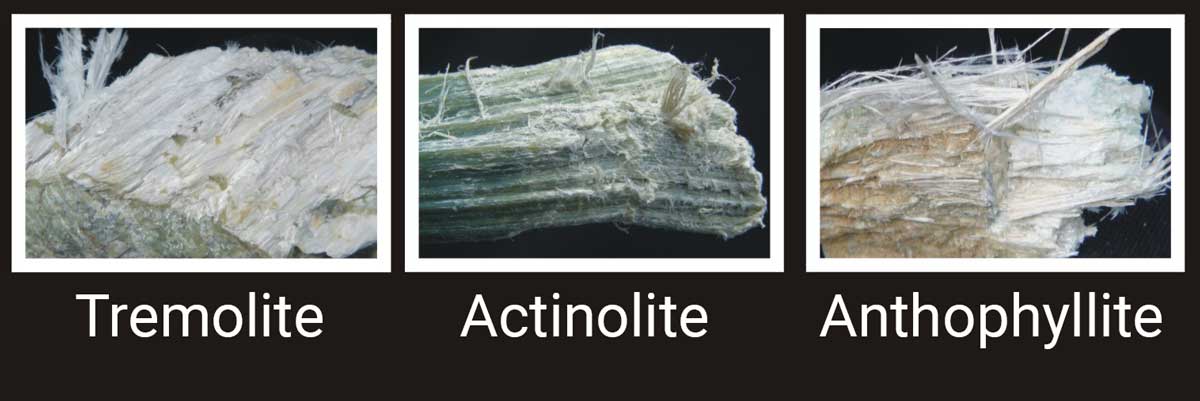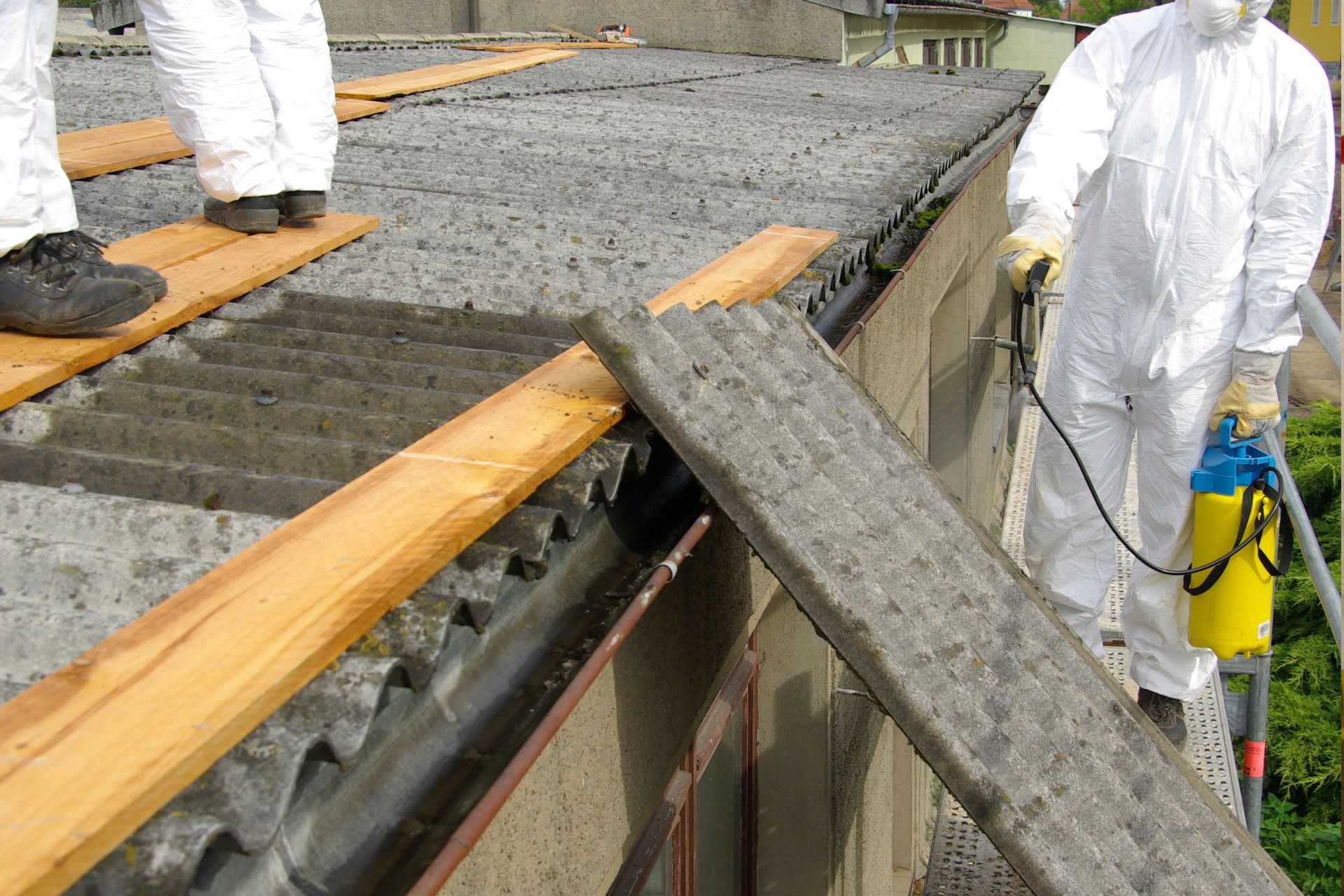AU MaintainHub
For seasoned professionals to newbies just dipping their toes in the DIY pool, this blog is your go-to source for fixing, tweaking, and tinkering.
So start reading to discover the Aussie way to tackle maintenance and DIY. Your go-to source for hands-on tips and tricks!




